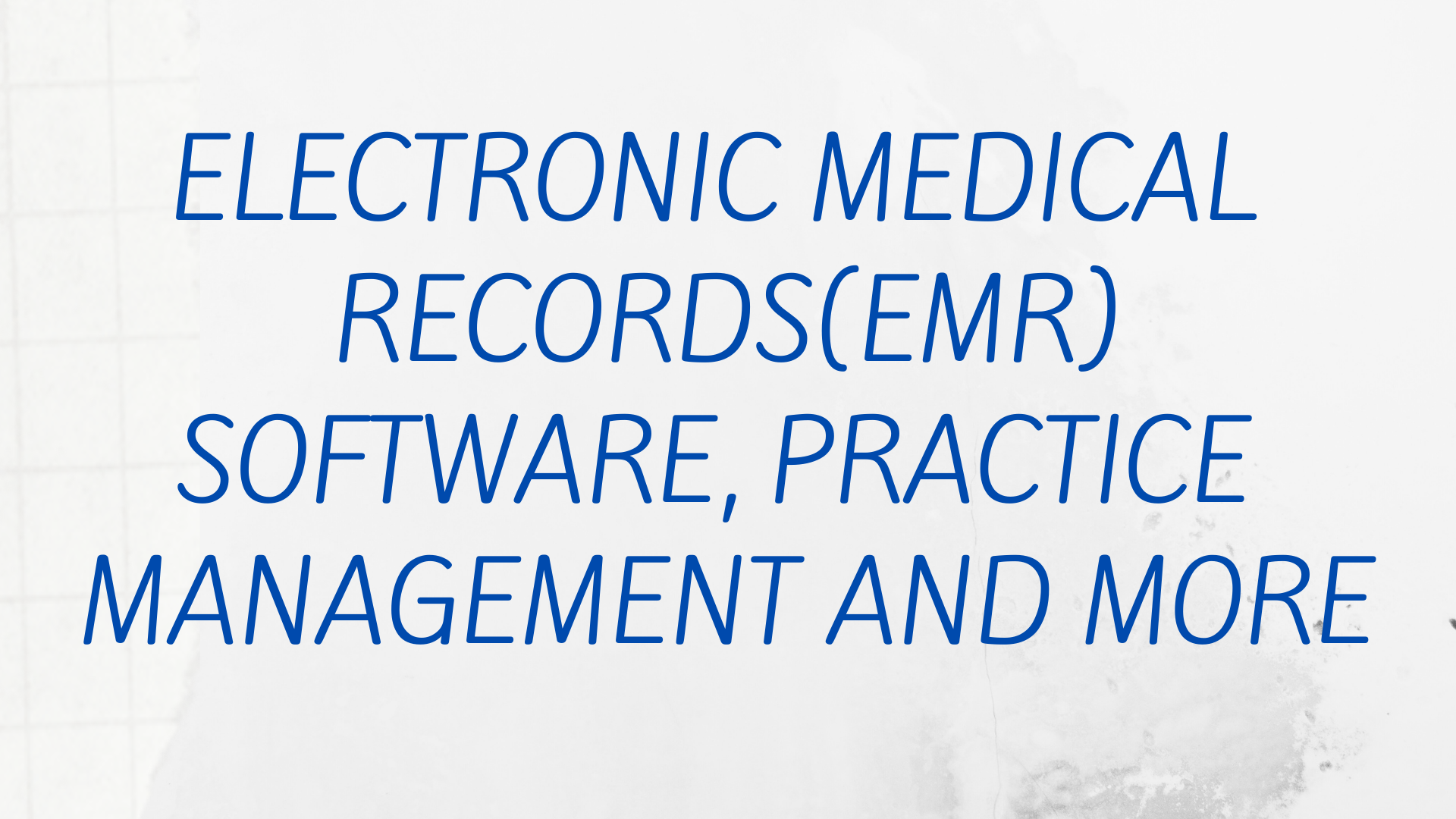Half of Your Health Insurance Premium is Wasted and How to Get It Back
Without affecting payment amounts to facilities or providers at all.
Healthcare is broken, and we are going to show you how we have fixed it.
The Commonwealth Fund says “The US Healthcare System is an International Embarrassment” and sites several reasons that all boil down to two things
- Cost
- Patient Education
- Waste at the practice or hospital level
We at Sentia have adopted a three pronged approach to dealing with these problems.

![]() First, we have automated the entirety of the health insurance system. As the insurance company, we provide the Electronic Medical Records System (EMR) to the practice or hospital. As the practitioner documents a patient encounter, we can pick up and pay for procedures in real time. We provide this application free of charge to the hospital or practice. We pay a non-negotiable, take it or leave it, 150% of Medicare. This streamlines and automates the entire health insurance process. It eliminates medical coding, insurance networks, adjudication, delays, denials, rate negotiation, sales/brokers/agents, the cost of a third party EMR, skyscrapers in every major city in the US, and the hundreds of thousands of employees that work at the insurance company that you, as the insured, pay for.
First, we have automated the entirety of the health insurance system. As the insurance company, we provide the Electronic Medical Records System (EMR) to the practice or hospital. As the practitioner documents a patient encounter, we can pick up and pay for procedures in real time. We provide this application free of charge to the hospital or practice. We pay a non-negotiable, take it or leave it, 150% of Medicare. This streamlines and automates the entire health insurance process. It eliminates medical coding, insurance networks, adjudication, delays, denials, rate negotiation, sales/brokers/agents, the cost of a third party EMR, skyscrapers in every major city in the US, and the hundreds of thousands of employees that work at the insurance company that you, as the insured, pay for.
For the privilege of maintaining the patient’s data, we charge $10 per month plus the actual cost of the risk. There are a couple of other charges, like the help desk to change passwords and answer questions plus stop loss or reinsurance to mitigate the more expensive illnesses, but these are trivial compared to the risk.

This eliminates about half the cost of health insurance, helping with The Commonwealth’s first point.
![]() Second, we as a nation spend 84% of our healthcare dollar on chronic, avoidable, behavior based disease. While we can’t eliminate this completely, we can get our mortality down and hopefully to the average of the OECD countries. The Commonwealth Fund estimates that in the US there are 336 deaths per 100,000 due to these chronic diseases. In the larger OECD, that average falls to 225 deaths per 100,000. If we can reduce our mortality to the average of the other OECD countries we should be able to save about a third (225/336) of the 84% of the cost of these diseases, or about 25% of the total. That would have cut $1.36 TRILLION in healthcare spending in 2024.
Second, we as a nation spend 84% of our healthcare dollar on chronic, avoidable, behavior based disease. While we can’t eliminate this completely, we can get our mortality down and hopefully to the average of the OECD countries. The Commonwealth Fund estimates that in the US there are 336 deaths per 100,000 due to these chronic diseases. In the larger OECD, that average falls to 225 deaths per 100,000. If we can reduce our mortality to the average of the other OECD countries we should be able to save about a third (225/336) of the 84% of the cost of these diseases, or about 25% of the total. That would have cut $1.36 TRILLION in healthcare spending in 2024.
But how do we convince people to change the behavior that causes the chronic disease? We pay them. Everyone with health insurance gets at least an annual physical. We take clinical and laboratory measurements at this physical. These measurements are decoded by our system and education is automatically prescribed for the patient on how to mitigate risks according to their own results. If the patient reads this education, they get a small discount. If they follow the advice and actually get better, or at least don’t get worse, they get a larger discount. This gives the system ‘teeth’ by incentivizing healthy behavior. And, we aren’t asking of the world, just to be about as healthy as a population as the average of our brethren in the rest of the developed world.
![]() Third and our own addendum to The Commonwealth's conclusions, is to control costs at the hospital level. To do this we provide an ERP style Practice Management System (PM). Most administrators will tell you that a PM system is basically for billing. They are wrong. A PM should encompass everything that goes into providing care. That means human resources, scheduling capital assets, real estate, consumables, fixed costs, inventory, warehousing, and everything else that goes into running a practice. This gives us the ability to calculate a cost for every patient encounter, to manage the cost of everything that goes into one, and to find and fix inefficiencies and ‘cash leaks’ automatically.
Third and our own addendum to The Commonwealth's conclusions, is to control costs at the hospital level. To do this we provide an ERP style Practice Management System (PM). Most administrators will tell you that a PM system is basically for billing. They are wrong. A PM should encompass everything that goes into providing care. That means human resources, scheduling capital assets, real estate, consumables, fixed costs, inventory, warehousing, and everything else that goes into running a practice. This gives us the ability to calculate a cost for every patient encounter, to manage the cost of everything that goes into one, and to find and fix inefficiencies and ‘cash leaks’ automatically.
In every healthcare conference there is a breakout session titled “finding out where the money is going” or the equivalent. The conclusion of this session is to have an accountant sit in an office with a spreadsheet and just stare at spreadsheets for hours or days or weeks. With our system you can run a report that details all the expenditures, break them down by category and rank them according to size, giving you the ability to do that work in seconds.
We have detailed our three pronged approach that will completely revolutionize the way healthcare is conducted and paid for. The first two, the EMR and the health and wellness platform are complete, published and in production; in fact, you are looking at them right now. The PM system is designed and we are working on the coding. The EMR and integrated health insurance cuts 50% out of the cost of health insurance. The health and wellness will cut about 25% over time as people get healthier to receive their discounts. That is a cost reduction of 75% before the PM system. We hope that the proceeds of the efficiencies the PM system creates will go straight to the doctors. Currently hospitals at least, are squeezing profits out of the practitioners by forcing them to see X number of patients per day or perform Y number of procedures. This is antithetical to the practice of medicine. The goal is to promote health and heal the sick, not run them through like cattle and maximize billing.
We at Sentia are completely onboard with promoting health and healing the sick. The way to do that is to remove barriers keeping us from that goal. Once our system is implemented, We should see a reduction to about half the cost of the least expensive healthcare in the OECD.
We have demonstrated a way to cut about three quarters from the cost of health insurance. This is accomplished by streamlining processes and cutting out waste. We believe this is the only way to accomplish this lofty goal without completely revamping the way care is delivered in this country and we hope you share our vision.